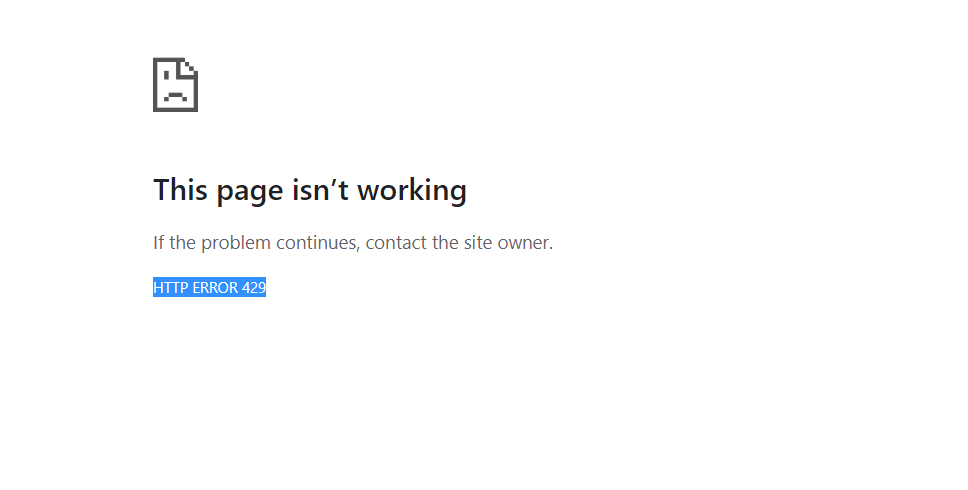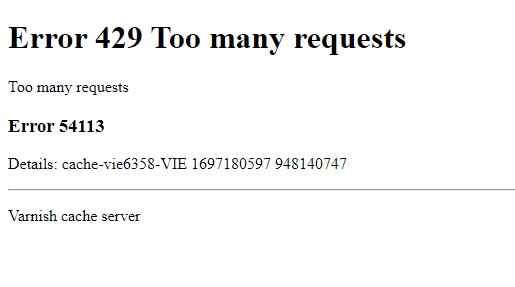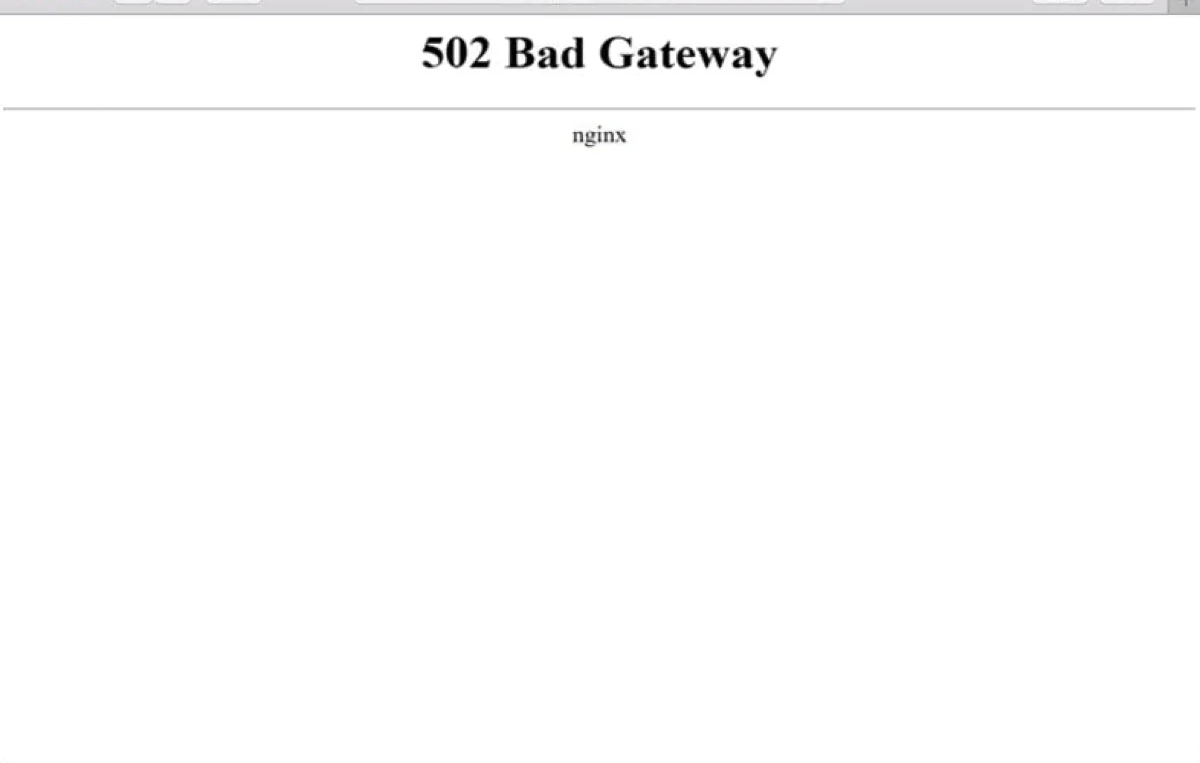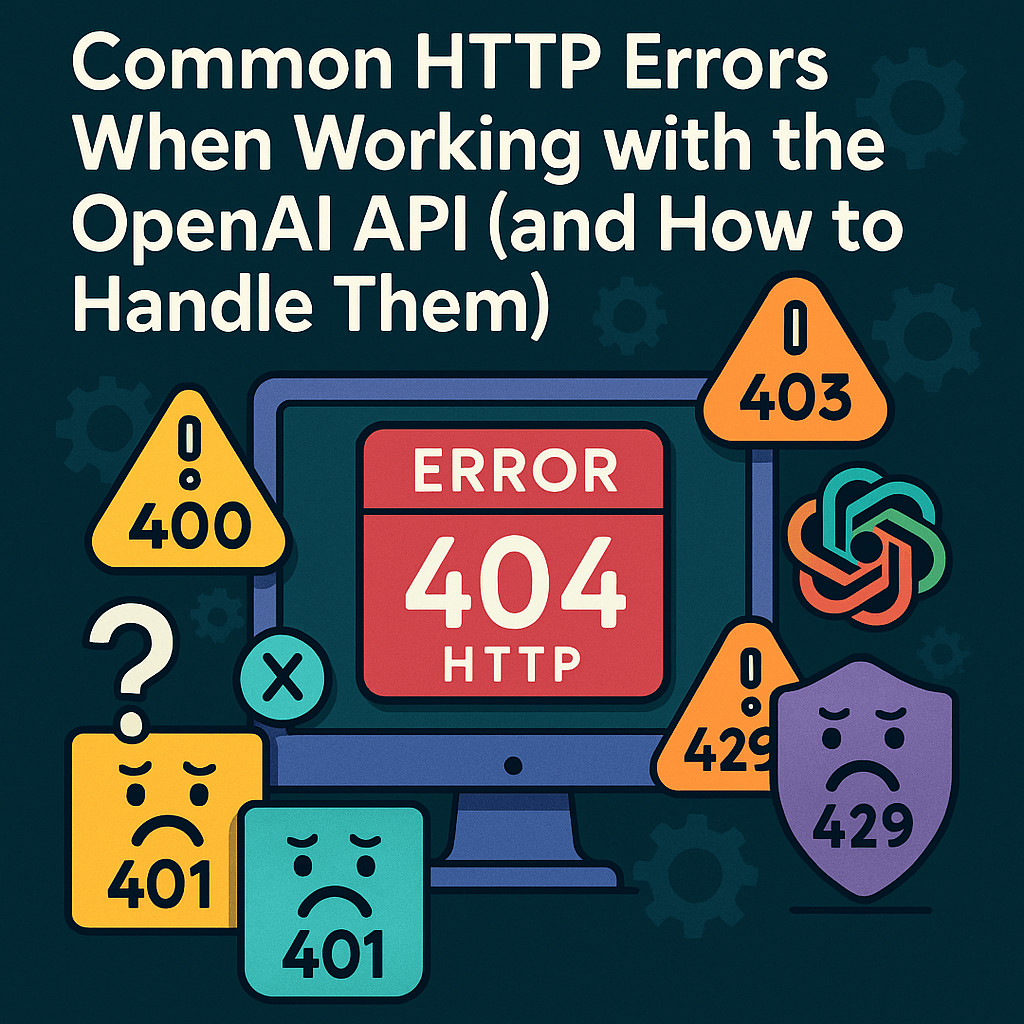When you browse the web, it’s not uncommon to encounter HTTP errors like 500, 503, or 403—but one particular code that often takes users by surprise is HTTP 429: Too Many Requests.
This error signals that the server has received an excessive number of requests from your end and has paused further access as a safeguard. Because the 429 response offers little context, identifying and resolving its root cause can feel like piecing together a mystery.
Whether you’re visiting a site or managing your own, encountering a 429 error can be frustrating. It might be triggered by genuine high traffic, an overzealous security plugin, or automated scripts bombarding your server.
In the following sections, we’ll unpack what leads to the “Too Many Requests” error—highlighting scenarios common to WordPress sites—and walk you through practical steps to regain uninterrupted access.
What Is HTTP 429?
HTTP 429 is a client-side status code that means you’ve sent too many requests in a given timeframe. Servers use it as a protective measure, pausing further requests from your IP or account until the rate limit resets. This keeps traffic spikes, bots, and potential attacks from overwhelming the site.
Here’s how the error message appears in Google Chrome:

Nginx server 429 error:

Apache server 429 error:

Varnish 429:

A 429 error may appear the following ways depending on the root cause and browser:
- 429. That’s an error.
- HTTP response code 429
- HTTP error 429
- Response code 429
- HTTP status code 429
- Problem with the server 429
- 429 server error
- There was a problem with the server 429
- HTTP error code 429
- HTTP code 429
Whether you’re troubleshooting as a visitor or maintaining a site yourself, understanding what triggers this error is essential for keeping browsing smooth—and it can help you uncover broken links that often spring from too many requests.
Causes of HTTP Error 429: Too Many Requests
At its core, the 429 error is a sign that your client has crossed a threshold—either by sending too many requests in a short span or by tripping a rule designed to protect the server. Though the specifics can vary across platforms, these scenarios frequently lead to a 429 response:
Excessive request rates
APIs and web servers often enforce limits on calls per minute or hour to prevent overload. Exceeding this quota—intentionally or by accident—triggers the 429 response.
Automated or malicious traffic
Bots, scripts, or brute-force login tools that hammer a site with rapid-fire requests can be blocked by rate limiting to guard against DoS/DDoS attacks.
Resource constraints on shared hosting
On platforms with strict CPU, RAM, or bandwidth caps, a sudden spike in requests may exhaust your allotment, prompting the host to issue a 429 code.
Faulty or misconfigured plugins/themes
In the case of WordPress, plugins or themes with inefficient code can inadvertently generate a flood of server requests, leading to a Too Many Requests error.
Overactive security rules
Web application firewalls and security plugins sometimes interpret legitimate traffic as suspicious, enforcing rate limits that result in 429 errors.
How to Prevent and Fix HTTP 429 Errors
Dealing with a 429 error doesn’t have to be daunting. Here’s how you can nip it in the bud—or bounce back quickly when it pops up:
Quick Fixes for Any Site or API
Take a breather and try again
Servers often send a Retry-After header telling you exactly how long to wait (from a few seconds to an hour).
HTTP/1.1 429 Too Many Requests
Retry-After: 3600
Clear out old browser data
Sometimes cached files or cookies trip the limit. Wiping your cache and cookies gives you a clean slate.
In Chrome, hit Ctrl+Shift+Delete (Windows) or ⌘+Shift+Delete (Mac), pick what to clear, and go.
Flush your DNS cache
A stale DNS lookup can count against your request quota. On macOS, open Terminal and run:
sudo dscacheutil -flushcache; sudo killall -HUP mDNSResponder
Back off exponentially
No Retry-After header? Space out your retries: wait 2 seconds, then 4, then 8, and so on. Many HTTP libraries or job queues (like Celery) handle this for you.
Extra Steps for WordPress Sites
Give it time—or upgrade your plan
Shared hosting can only handle so much. If legitimate traffic spikes are common, a move to VPS or dedicated hosting can eliminate recurring 429s.
Hide your login page
Brute‑force attacks on wp-login.php often trigger rate limits. A simple plugin like WPS Hide Login lets you rename that endpoint and throw attackers off your scent.
Pinpoint bad plugins
Disable plugins one at a time (dashboard or FTP) to find any that flood your server with requests.
Test with a default theme
Switch temporarily to a built‑in theme (e.g., Twenty Twenty‑Four). If the error vanishes, your custom theme needs a review.
Throttle your own API use
If you pull data from outside services, add a cap on how often you call their endpoints. This keeps you under their limits and avoids surprises.
Ask your host for insight
When you’ve tried everything else, your provider can check server‑side logs or adjust firewall rules to pinpoint the real issue.



Leave a Reply